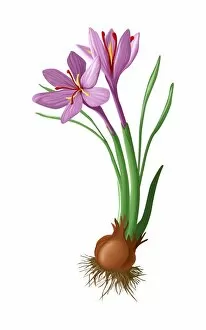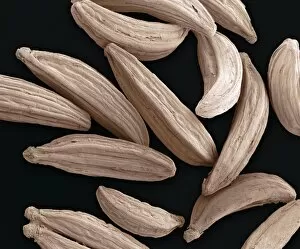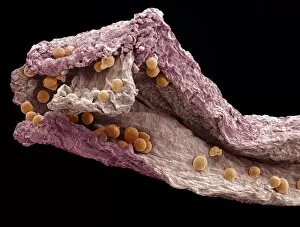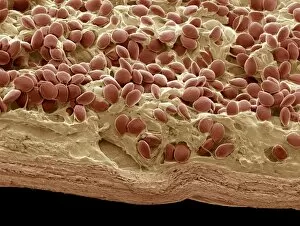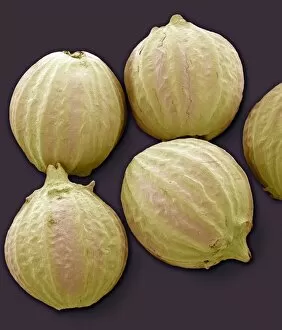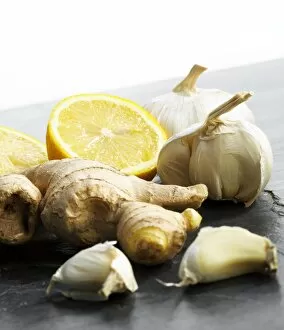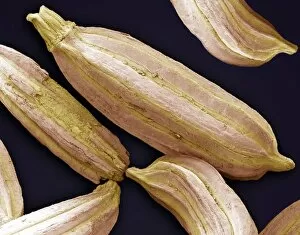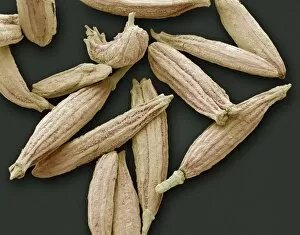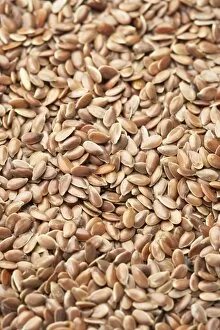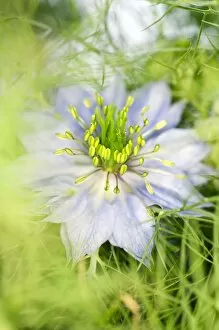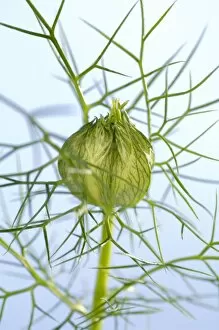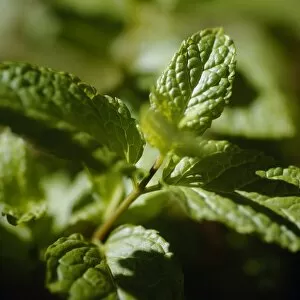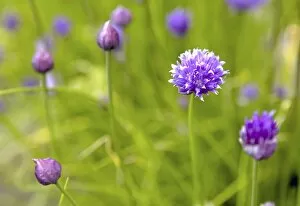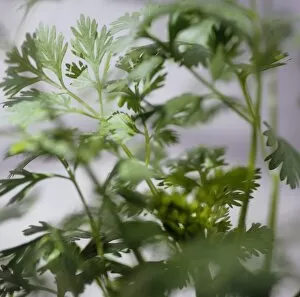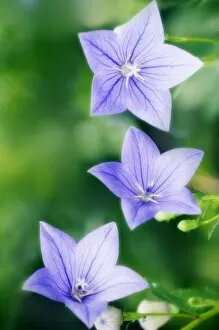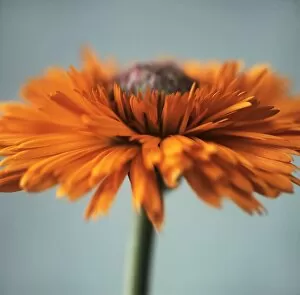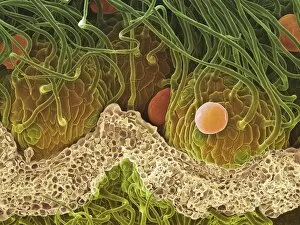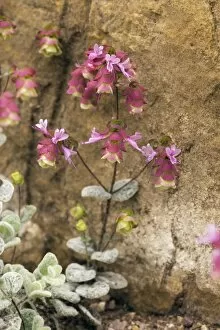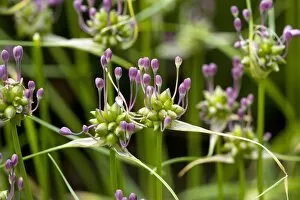Culinary Collection (#64)
"Culinary Delights
For sale as Licensed Images
Choose your image, Select your licence and Download the media
"Culinary Delights: Exploring the Art of Gastronomy with Auguste Escoffier and Exquisite Ingredients" Indulge in a culinary journey inspired by the legendary Auguste Escoffier, as we uncover the secrets behind his iconic dishes. From delicate Charlotte potatoes that melt in your mouth to perfectly seasoned Salt grains and ground peppercorn, every element is meticulously crafted for an unforgettable dining experience. Discover the humble yet flavorful Parsnip (Pastinaca Tender and True), which adds depth to any dish with its earthy sweetness. And don't forget about Brussels sprouts (Brassica oleracea), transformed into a delectable side with just the right amount of crunch. Enhance your creations with aromatic Coriander or experiment with grated spices like MH_0034 for a burst of flavor that will tantalize your taste buds. For those seeking a caffeine kick, explore the rich aroma of Coffea arabica coffee beans, carefully brewed to perfection. Delve into history as we pay homage to Joseph Berchoux - 2, whose culinary expertise continues to inspire chefs worldwide. And let's not overlook Pandan (Pandanus amaryllifolius), known for its vibrant green color and unique fragrance that elevates both sweet and savory dishes. As you savor each bite, take a moment to appreciate nature's beauty captured in close-up shots of Hearts ease Viola tricolor petals – adding visual appeal alongside gastronomic pleasure. Embark on this culinary adventure where tradition meets innovation, guided by these hints from renowned figures and ingredients that promise nothing short of extraordinary flavors.

